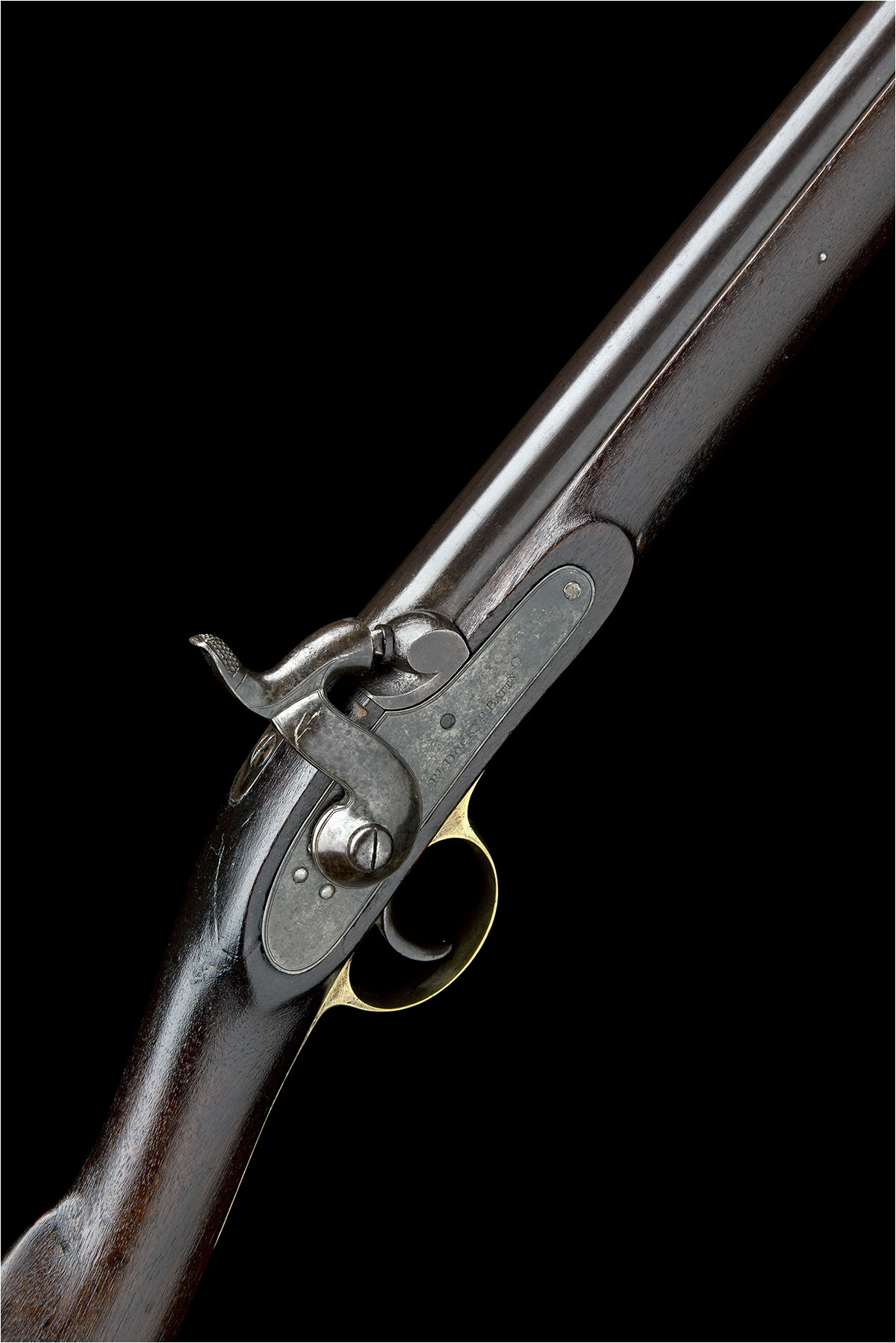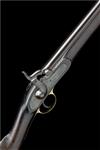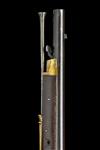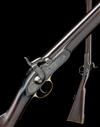Product Details
A RARE .650 PERCUSSION CARBINE, UNSIGNED, MODEL 'ROYAL DOCKYARD BATTALION ISSUE', no visible serial number,
circa 1850 and of similar form to a Constabulary Carbine (q.v), with smoothbore iron 26 1/2in. barrel, block fore-sight, no provision for rear-sight, solid rounded top-tang, borderline engraved bar-action lock marked 'RL. DOCKYD. BATTN.', walnut full-stock with brass furniture, rear iron sling swivel (front absent), variant Hanoverian bayonet catch and dome-headed iron ramrod
Other Notes: The Dockyard Battalions were first formed around 1846 when the development of steam-powered vessels provoked worries about a surprise invasion. A Royal Commission recommended strengthening the defences of the Royal Dockyards hence the Dockyard Battalions were formed and a sum of £20,000 was granted for their establishment in 1847. The battalions had many different aspects including infantry, artillery, boat battalions, sappers and musicians. The officers of the battalions were usually employees holding high office in the dockyards. In 1847, the strength of the battalion was 10,000 men and officers - 2,000 in Portsmouth, 1395 at Chatham, 1784 at Devonport, 1057 at Deptford, 994 at Woolwich, 890 at Sheerness and 817 at Pembroke excluding officers and sergeants. Men from victualling yards in Gosport and Plymouth were also recruited. Employees between 18 - 55 years were eligible for entry which was voluntary at first but became a condition of employment afterwards. Officers were not gazetted in the normal way by London but were described as "esquires" for Captains and "gents" for Lieutenants. The uniform was a duck fatigue dress and forage cape loaned free of charge. Drills took place in summer months for which the men were allowed to go home early from work and then return for drill, for which they received two hours extra pay. Failure to return for drill resulted in half a day's pay being docked. Although small arms drill was undertaken mainly by men under the age of 36, most of the drills were for handling heavy guns and the management of launches and gunboats. Retired Royal Marine instructors acted as the drill instructors. The Battalions were all disbanded in 1857.
Please click HERE to view Terms & Conditions.
Estimate £600-800







